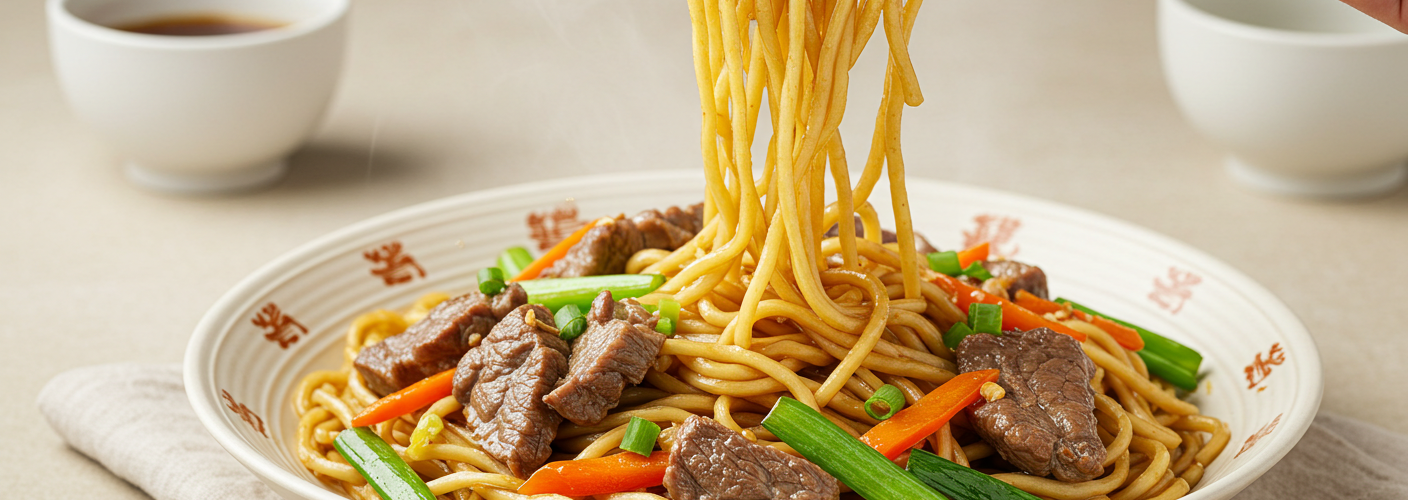Mongolian cuisine is a treasure trove of hearty, wholesome dishes, and one of its standout offerings is Tsuivan. This beloved noodle dish combines tender mutton, fresh vegetables, and hand-pulled noodles to create a meal that not only fills the belly but also warms the soul. If you’re looking to explore traditional food that encapsulates the rugged charm and rich culture of Mongolia, Tsuivan is a dish you simply cannot miss.
The Essence of Tsuivan
At its core, Tsuivan is a celebration of simplicity and flavor. The name itself reflects the dish’s origins; “tsuivan” means “stewed noodles” in Mongolian. This comfort food is commonly prepared in households across Mongolia, especially during festivals or family gatherings. It is versatile in its ingredients, with variations commonly depending on seasonal availability and personal preference.
The primary components of Tsuivan include hand-pulled noodles, which are the star of the dish, and succulent mutton. The meat is usually cooked until it is incredibly tender, allowing it to absorb the flavor of the spices and aromatic vegetables. An array of vegetables, such as carrots, potatoes, and onions, are added, providing both nutrition and a colorful presentation. The combination of these ingredients results in a hearty meal perfect for recharging after a long day— a true reflection of the nomadic lifestyle of Mongolia.
Preparing Tsuivan
Making Tsuivan at home may seem daunting, but with a bit of practice, it can become a delightful culinary experience. Begin by preparing the hand-pulled noodles, which involve mixing flour, water, and salt before kneading the dough until it reaches a stretchy consistency. The dough is then rolled into thin strips, which will later cook beautifully in the rich broth of mutton and vegetables.
Next, focus on the mutton. Cut the meat into bite-sized chunks and marinate it with garlic, black pepper, and a hint of salt. Searing it in a hot pan will lock in the flavors before you add your chosen vegetables. Cooking them all together allows the flavors to meld, creating a warming stew. Finally, add in the noodles and allow them to cook in the hearty broth, absorbing all those delicious flavors.
Every family has its unique twist on Tsuivan, so don’t hesitate to experiment with different vegetables or spices. The beauty of this dish lies in its customizability, enabling you to tailor it to your taste.
Serving and Enjoying Tsuivan
Tsuivan is typically served hot and enjoyed right from the pot. It is customary to share this dish during family meals, creating a communal dining experience that brings everyone together. Accompany your Tsuivan with a side of pickled vegetables or kimchi for added zest.
As a dish rooted deeply in Mongolian culture, Tsuivan transcends mere sustenance. It encapsulates the warmth of hospitality and the joy of shared meals. Whether you’re learning about Mongolian heritage or simply craving hearty comfort food, Tsuivan is an experience worth indulging in. So gather your ingredients, roll up your sleeves, and prepare to embrace the rich flavors and traditions that Tsuivan has to offer.




Add comment